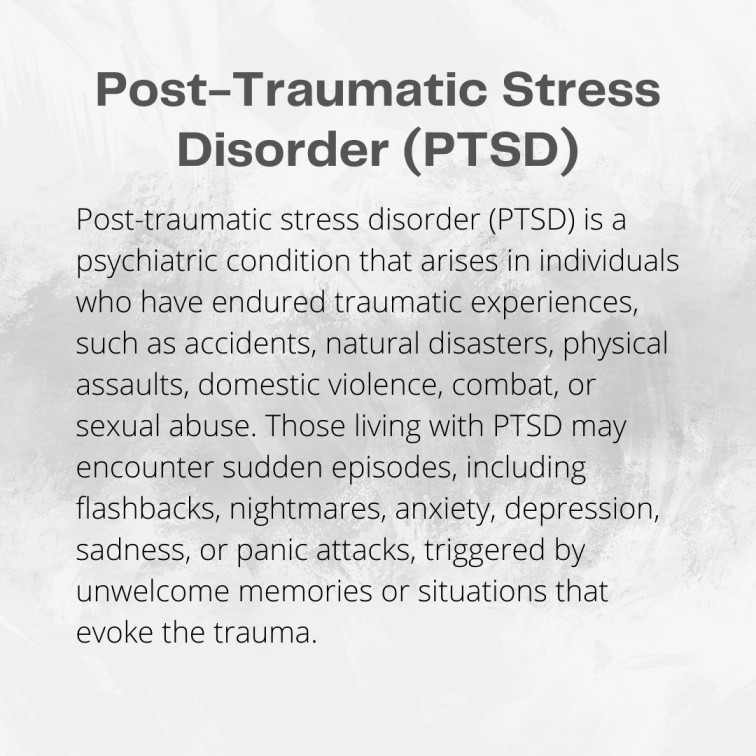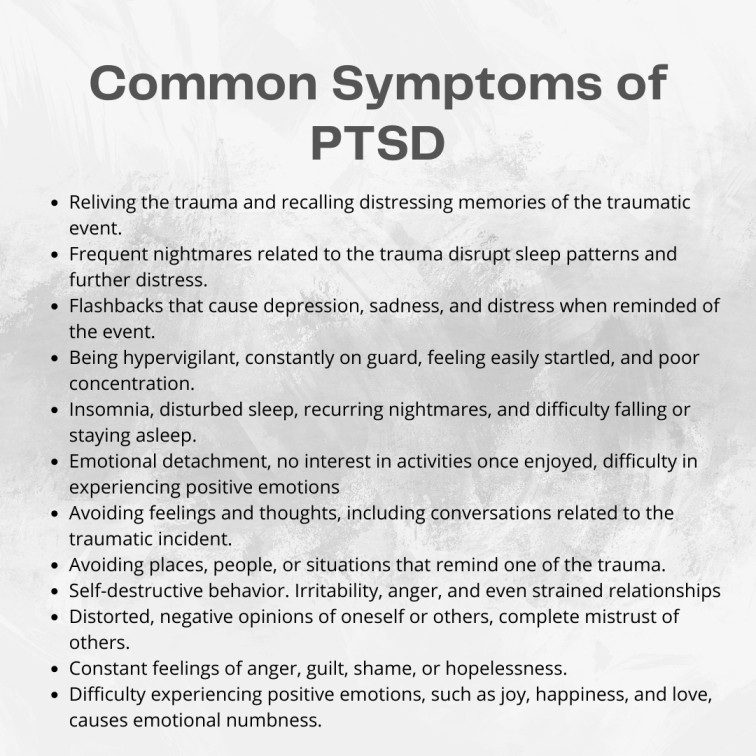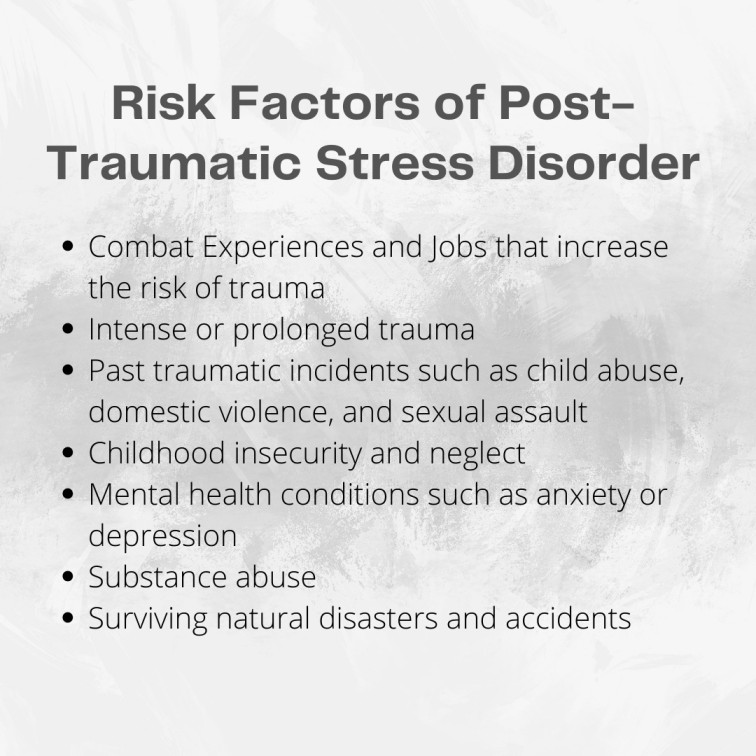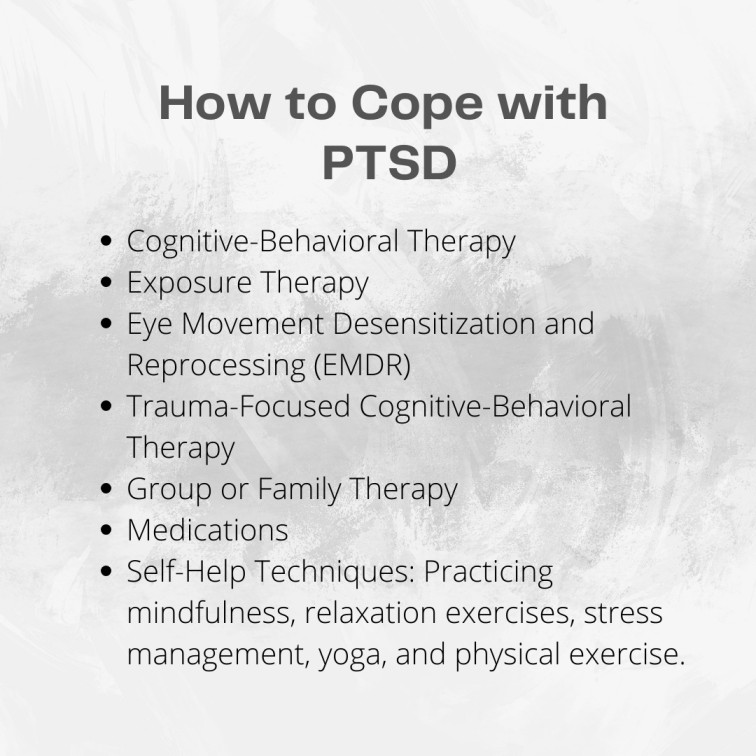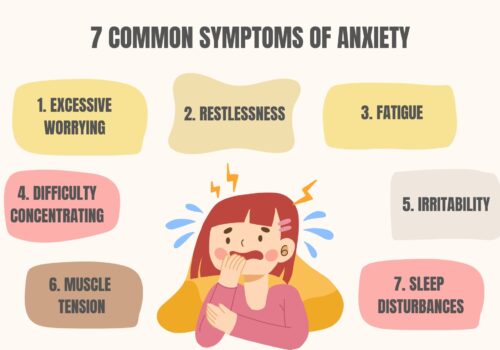Post-Traumatic Stress Disorder (PTSD) is a complex mental health condition triggered by events that may have had a terrifying impact on a person’s life. It often arises as a response to experiencing or witnessing a traumatic event, which is difficult to recover from. As harsh as it may sound, there is no real cure for PTSD because trauma always remains within us as part of our lives. However, there is no reason to be dismayed. Even though some may find it difficult to cope with PTSD, with professional help, the support of loved ones, and the right techniques, you can bring PTSD under control and release the traumatic memories pent up within you.
What is Post-Traumatic Stress Disorder?
Post-traumatic stress disorder is a psychiatric condition that develops in anyone who has lived through a terrifying experience, such as a accident, natural disaster, physical assault, domestic violence, combat, or sexual abuse. PTSD has been called “shell shock” in the past because it commonly affects combat veterans, but it affects all people of any age. Living with PTSD, you may experience sudden attacks like flashbacks, nightmares, anxiety, depression, sadness, or panic attacks triggered by unwanted memories or situations that force you to recall the trauma.
PTSD is a mental health disorder and not a sign of mental weakness, as is often misconstrued. It can be diagnosed by a mental health professional and treated by techniques that help you cope and initiate healing. Treatment is critical in PTSD to reduce the symptoms as much as possible and help you live a better quality of life.
Symptoms of PTSD
In PTSD, people usually experience symptoms ranging from distressing memories and sometimes even physical symptoms associated with an event. Called intrusions, these can last several years until they either subside or are managed with treatment. PTSD symptoms fall into four categories: Intrusive, Avoidance, Hyperarousal, and Altered Cognition and Mood.
Intrusive Symptoms
- Reliving the trauma and recalling distressing memories of the traumatic event
- Frequent nightmares related to the trauma disrupt sleep patterns and further distress
- Responses to triggers and reminders of the trauma can provoke intense emotional and physical reactions, causing panic attacks or anxiety.
- Flashbacks that cause depression, sadness, and distress when reminded of the event
Avoidance Symptoms
- Avoiding places, people, or situations that remind one of the trauma.
- Emotional detachment, no interest in activities once enjoyed, difficulty in experiencing positive emotions
- Avoiding feelings and thoughts, including conversations related to the traumatic incident
- Possible amnesia or memory lapses concerning specific aspects of the traumatic event.
Hyperarousal Symptoms
- Being hypervigilant, constantly on guard, feeling easily startled, and poor concentration
- Irritability, anger, and even strained relationships
- Self-destructive and reckless behavior
- Insomnia, disturbed sleep, recurring nightmares, and difficulty falling or staying asleep
Altered Cognition and Mood Symptoms
- Distorted, negative opinions of oneself or others, complete mistrust of others
- Constant feelings of anger, guilt, shame, or hopelessness.
- Detachment from loved ones, struggling to form or maintain relationships.
- Difficulty experiencing positive emotions, such as joy, happiness, and love, causes emotional numbness.
Causes of PTSD
The main cause of PTSD is a traumatic or horrifying event that imprints on one’s mental mechanism to the extent of creating a permanent memory relived repeatedly by triggers. Experts are yet to decipher why, when facing similar situations, some experience PTSD and some don’t. The most probable explanation is underlying cognitive issues that could be the root of the condition.
- Prior trauma: Individuals with a history of trauma and stressful life experiences may be more susceptible to developing PTSD.
- Family history: A family history of mental health conditions, particularly anxiety, depression, or mood disorders, may increase the risk. Temperament and inherited family traits also put you at risk of PTSD.
- Lack of support: Limited social support or a lack of resources to cope with trauma can elevate the risk.
- Brain chemistry: Certain brain chemicals and hormonal imbalances may play a role in the development of PTSD.
Risk Factors of PTSD
- Combat Experiences and Jobs that increase the risk of trauma
- Intense or prolonged trauma
- Past traumatic incidents such as child abuse, domestic violence, and sexual assault
- Childhood insecurity and neglect
- Mental health conditions such as anxiety or depression
- Substance abuse
- Surviving natural disasters and accidents
PTSD Diagnosis
A diagnosis of PTSD is usually made when a person experiences distress and anxiety-causing symptoms that last for more than a month. In some cases, symptoms might appear months or years after the trauma and can be triggered by conditions such as depression, substance abuse, memory problems, and depression. A person with PTSD need not display each symptom of the condition, but only a certain number of symptoms is required for an official diagnosis.
Treatment for PTSD
A PTSD treatment plan involves a range of therapeutic methods and sometimes medication in cases of extreme depression or anxiety.
1. Cognitive-Behavioral Therapy
Cognitive Behavioral Therapy, or CBT, has emerged as one of the best psychotherapy methods to treat a range of mental disorders, including PTSD. CBT for PTSD helps individuals identify and change negative thought patterns, reducing the impact of trauma-related symptoms. CBT helps people challenge their distorted thinking, apply questionable logic, and replace it with positive reassurance and reinforcement
2. Exposure Therapy
This technique involves gradually exposing you to reminders of the trauma to process the traumatic memories in a controlled and safe environment. Exposure therapy helps you cope with PTSD symptoms and bring them under control.
3. Eye Movement Desensitization and Reprocessing (EMDR)
EMDR uses bilateral stimulation or guided eye movements to help you process traumatic memories and reduce distress. EMDR usually takes around three months, with eye movements, similar to REM sleep, initiated by a therapist moving their fingers back and forth or by a light bar.
4. Trauma-Focused Cognitive-Behavioral Therapy
An evidence-based treatment model used mainly for children and adolescents involves trauma-sensitive interventions using techniques such as cognitive behavioral, family, and humanistic principles.
5. Group or Family Therapy
A therapist presides over support groups, encouraging those with PTSD to share their experiences to provide a sense of community and validation. Involving loved ones in the therapy process can help improve communication and understanding within the family unit.
6. Medications
In more severe cases that cause anxiety and depression or when life is severely impaired, medications are usually prescribed by a psychiatrist. These can include antidepressants, selective serotonin reuptake inhibitors (SSRIs), and serotonin-norepinephrine reuptake inhibitors (SNRIs) to manage the symptoms of depression and anxiety associated with PTSD. Anti-anxiety medications like benzodiazepines may also be prescribed for short-term symptom relief, but they are generally avoided due to the risk of dependence.
7. Self-Help Techniques
Besides the psychotherapeutic techniques, those with PTSD can also learn to cope with self-help strategies such as practicing mindfulness, relaxation exercises, stress management, yoga, and physical exercise, which can be valuable in managing symptoms. Engaging in a creative hobby and keeping a support animal are also a few holistic therapies that can help bring PTSD under control. Moreover, lifestyle changes are extremely important to support cognitive health and function, such as a healthy diet, regular exercise, and adequate sleep.
Post-Traumatic Stress Disorder is challenging to live with, but it is not impossible to manage and control. Focus, commitment, a positive attitude, self-reassurance, and self-care are all support systems that can neutralize it. As mentioned, it is not a sign of weakness but more of an acquired condition that was out of your control. With the right treatment and support, you can easily live with PTSD without the trauma and symptoms associated with it.



